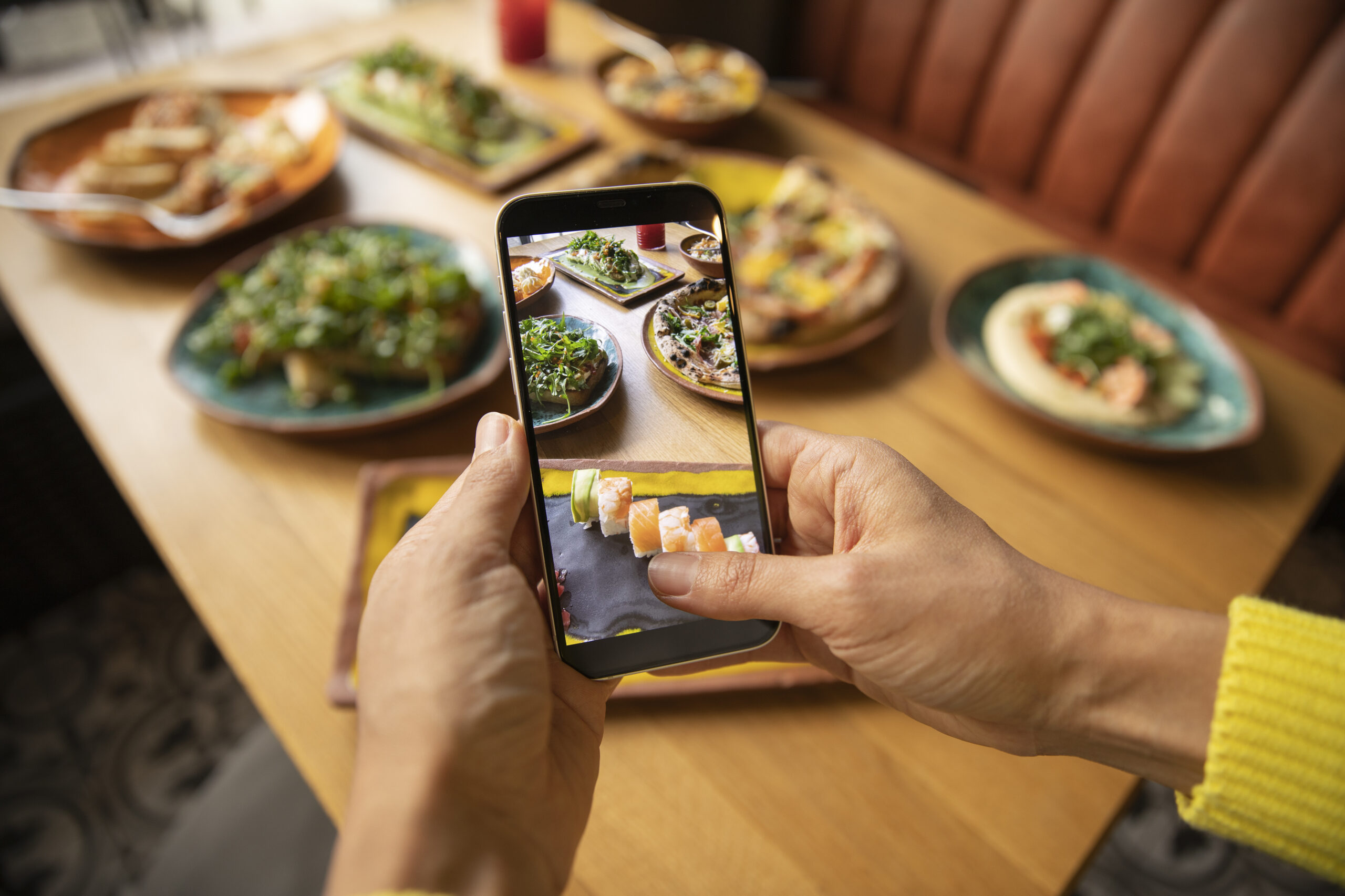
Singapore’s culinary scene is known for its dynamism, constantly evolving to embrace new trends while honouring traditional flavours. As we step into 2024, the city-state’s food landscape is set to undergo exciting transformations influenced by global culinary movements and local innovations. From the resurgence of Korean cuisine to the rise of savoury cocktails, these trends reflect Singapore’s vibrant gastronomic culture. Let’s dive into the top food trends that will shape Singapore’s dining scene in the coming year.
Korean Cuisine Takes Centre Stage
Trending Korean Dishes
Korean cuisine has firmly established itself in Singapore, thanks to the global Hallyu wave. The rich flavours of Korean BBQ, the intricate preparations of palace cuisine, and the comforting bowls of bibimbap are gaining widespread popularity. The opening of new restaurants like Cote by Simon Kim and the established presence of Meta showcase the increasing demand for Korean flavours. These establishments not only offer traditional dishes but also innovate by blending Korean elements with local ingredients, creating a unique dining experience.
Elevating Korean Cuisine in Fine Dining
The influence of Korean cuisine is not limited to casual dining. It is making significant inroads into the fine dining sector as well. Michelin-starred restaurants like Hansik Goo in Hong Kong and the accolades received by chefs such as Steve Lee highlight the sophistication and versatility of Korean gastronomy. In Singapore, the Michelin recognition of establishments like Naeum further cements the status of Korean cuisine as a key player in the fine dining arena. This trend is likely to continue, with more chefs experimenting with Korean flavours and techniques.
The Rise of Fine Casual Dining
The dining preferences of Singaporeans are evolving, with a noticeable shift towards fine casual dining. This trend is driven by a desire for high-quality food without the formality and high prices associated with traditional fine dining. Restaurants like Tambi and Fico are leading this movement, offering exquisite dishes in a relaxed and unpretentious setting. These establishments are often offshoots of renowned fine dining restaurants, bringing culinary excellence to a wider audience.
Flexibility for Modern Diners
The preference for à la carte menus is growing among Singaporean diners, offering them more freedom to curate their dining experiences. Restaurants like Imbue and Lo Quay are responding to this demand by providing both à la carte and tasting menu options. This flexibility allows diners to mix and match dishes according to their preferences, making dining out a more personalised experience.
The Emergence of “Vibe Dining”
Gone are the days of formal dining environments. The concept of “vibe dining,” which combines high-energy music, vibrant lighting, and a lively atmosphere, is taking over Singapore. Restaurants like High House and Wallich Manor are at the forefront of this trend, offering a seamless blend of dining and entertainment. These venues provide a unique dining experience where guests can enjoy gourmet food while dancing the night away.
Moving Beyond Four-Hands Dinners
The Decline of Collaboration Dinners
Collaboration dinners, once a novelty in the dining scene, are losing their charm due to over-saturation. Instead, chef takeovers and residency programmes are becoming more popular. These events allow chefs to showcase their creativity in new settings, providing a more immersive experience for diners. The Mandala Masters residency programme, for instance, has been a hit, featuring renowned chefs like ThiTid Tassanakajohn from Le Du in Bangkok.
Notable Chef Takeovers
Chef takeovers offer a unique opportunity for diners to experience different culinary styles and flavours. Mandala Club’s residency programmes have garnered significant attention, bringing top chefs from around the world to Singapore. These events create a buzz and offer exclusive dining experiences that are both innovative and exciting. As the trend of chef takeovers grows, diners can look forward to more such events in 2024.
Savoury Cocktails: The New Trend
The Rise of Umami Flavours
Savoury cocktails are emerging as a new favourite in Singapore’s bar scene. These drinks, characterised by their umami flavours, offer a refreshing alternative to the traditional sweet and sour cocktails. Bars like White Shades and Sugarhall are leading this trend with innovative concoctions that incorporate ingredients like paprika, lime, peanut butter, and even beef stock. These savoury cocktails are pushing the boundaries of mixology, offering a unique taste experience.
Asia’s Innovative Mixology Scene
Asian bartenders are at the forefront of the savoury cocktail trend, creating drinks that are both innovative and flavourful. The Savoury Project in Hong Kong, for example, uses ingredients such as clams, mustard, and soy sauce to craft unique cocktails. This trend is expected to grow as more bars experiment with savoury ingredients, further establishing Asia as a dynamic hub for cocktail innovation.
Sustainable Protein Options
Sustainability is a key focus in the culinary world, leading to the rise of alternative proteins. Insect protein and lab-grown meat are becoming more common in upscale dining establishments. Singapore is at the forefront of this trend, being the only place in the world where lab-grown meat is commercially available. Solein, a protein powder produced from carbon dioxide, oxygen, and hydrogen, represents a significant technological innovation in sustainable dining.
Expanding Plant-Based Dining
Going meatless is not only beneficial for the environment but also caters to a growing number of health-conscious diners. Plant-based menus help reduce carbon footprints and promote healthier eating habits. The increasing adoption of vegetarian and vegan options in fine dining is a testament to the industry’s commitment to sustainability and innovation.
Premiumisation of Alcohol
The trend of mindful drinking is characterised by a shift towards premium alcohol. Consumers are drinking less but opting for higher quality spirits and wines. This premiumisation trend is set to continue, with a focus on quality over quantity. Market data indicates a rise in the value of alcohol sales, despite a decrease in volume, reflecting consumers’ preference for top-shelf products.
Creative Non-Alcoholic Beverage Pairings
Non-alcoholic beverage pairings are becoming a hallmark of fine dining creativity. Restaurants like Seroja and Marguerite are leading the way with innovative pairings that use fermentation, curing, and other techniques. These pairings often involve teas, juices, and ferments, offering a unique and sophisticated dining experience.
Conclusion
Singapore’s food scene is set for an exciting year in 2024, with trends that reflect both global influences and local innovations. From the rise of Korean cuisine and fine casual dining to the emergence of savoury cocktails and alternative proteins, these trends highlight the city’s vibrant culinary landscape. As diners, there’s much to explore and enjoy, with each trend offering unique and memorable experiences. Embrace these trends and discover new favourites in Singapore’s ever-evolving food scene.

Somerset Belt Revamp Transforms Singapore's Youth Precinct

Viral Yogurt Planet Chain in Singapore: Stretchy Treats Await

Top August 2025 Events in Singapore - Music, Culture & More

Viral Yogurt Planet Chain in Singapore: Stretchy Treats Await

Free Pandan Cookie Ice Cream Sandwich - Limited SG60 Promotion

Dragon Fruit Growing in Singapore: Urban Sightings Surprise Residents

Unique Dining in Singapore: 8 Remarkable Themed Restaurants

Somerset Belt Revamp Transforms Singapore's Youth Precinct

Viral Yogurt Planet Chain in Singapore: Stretchy Treats Await

Top August 2025 Events in Singapore - Music, Culture & More







